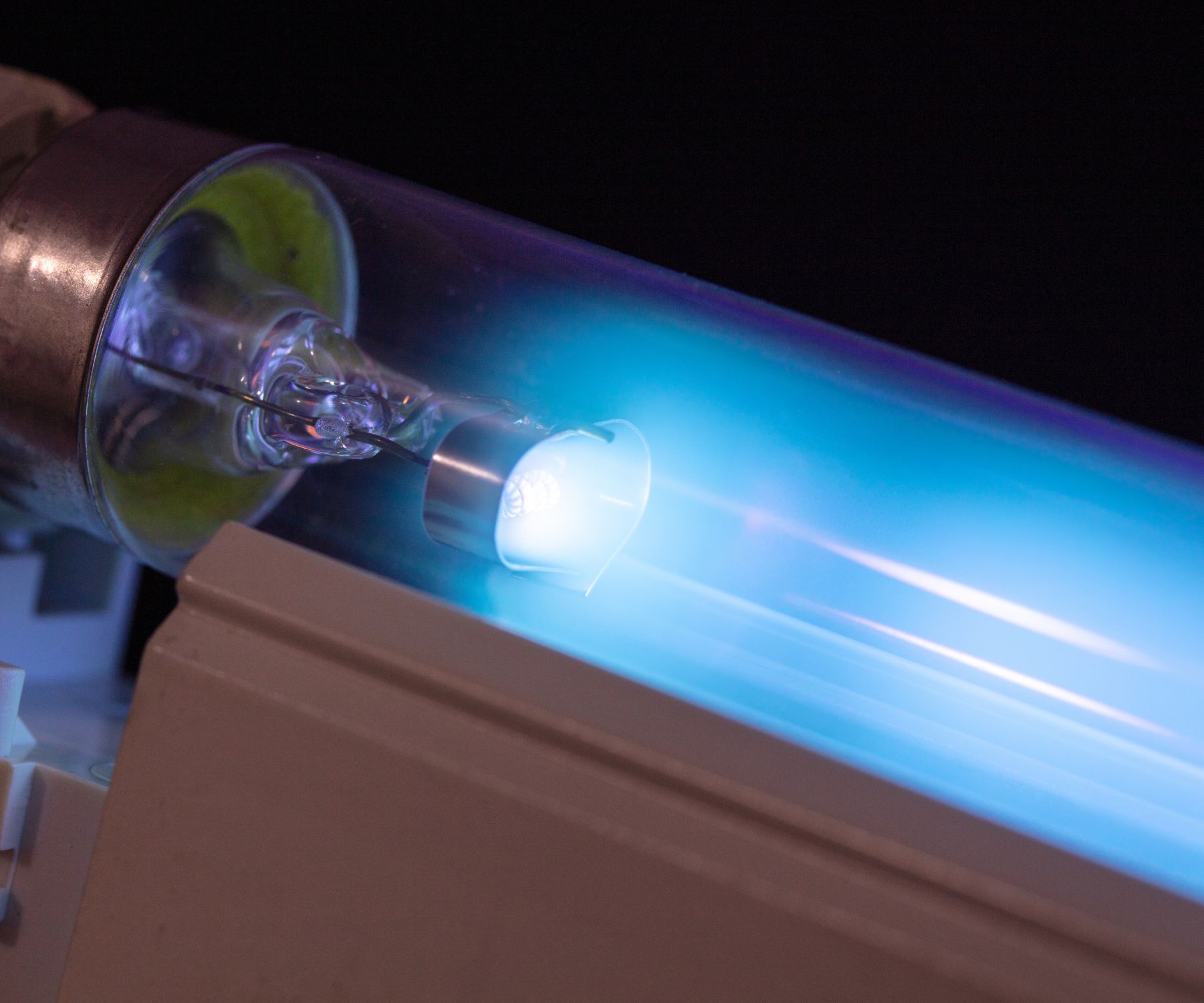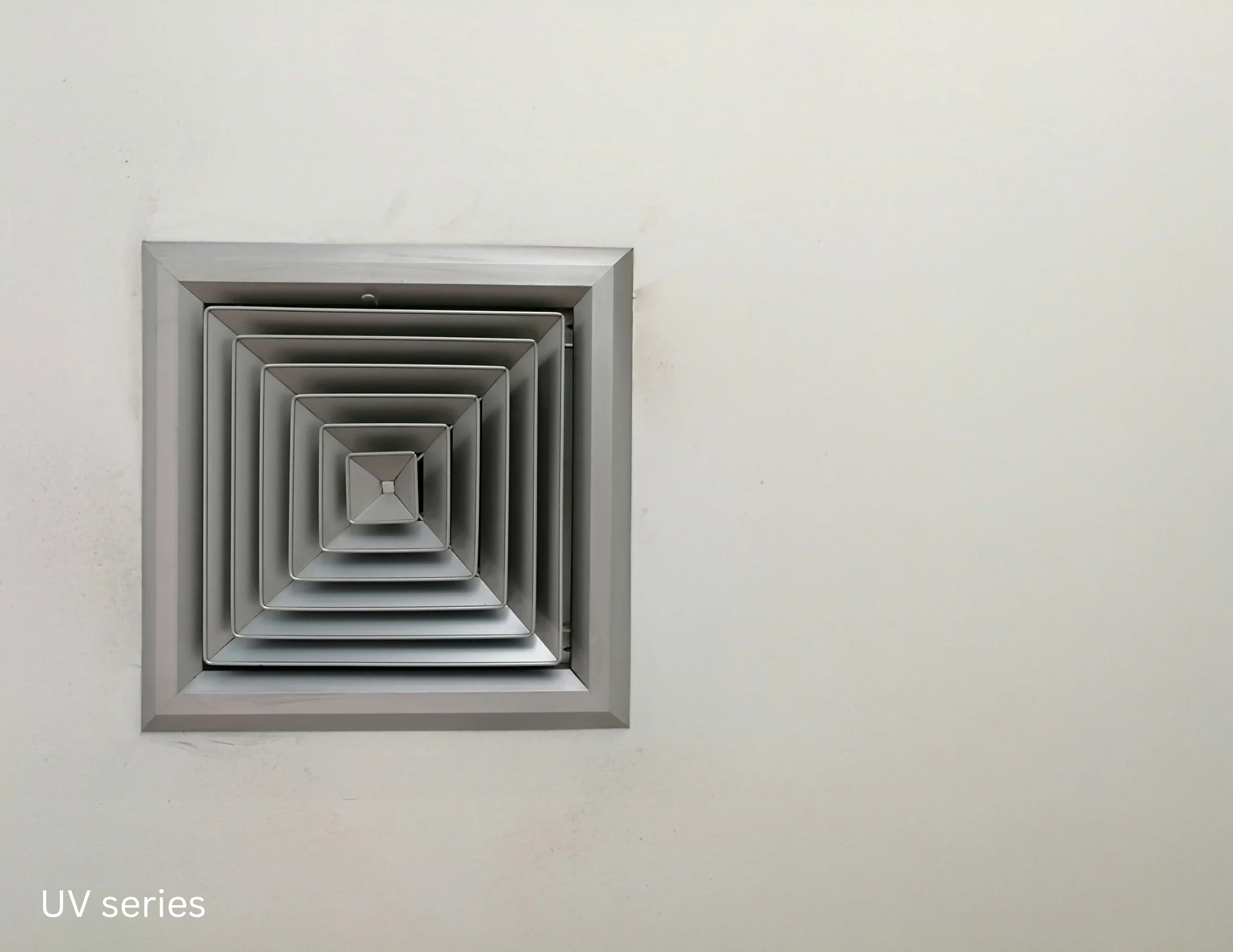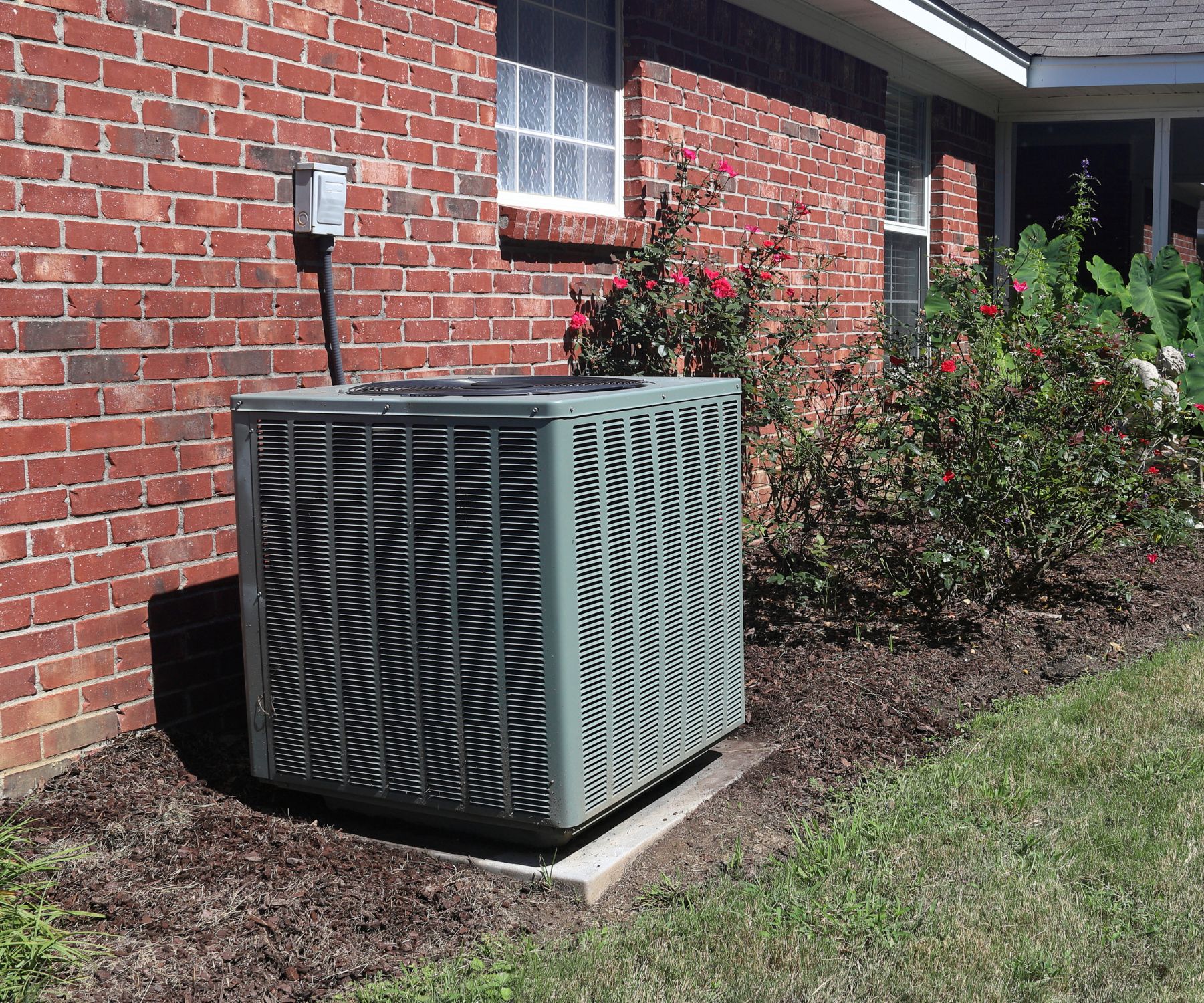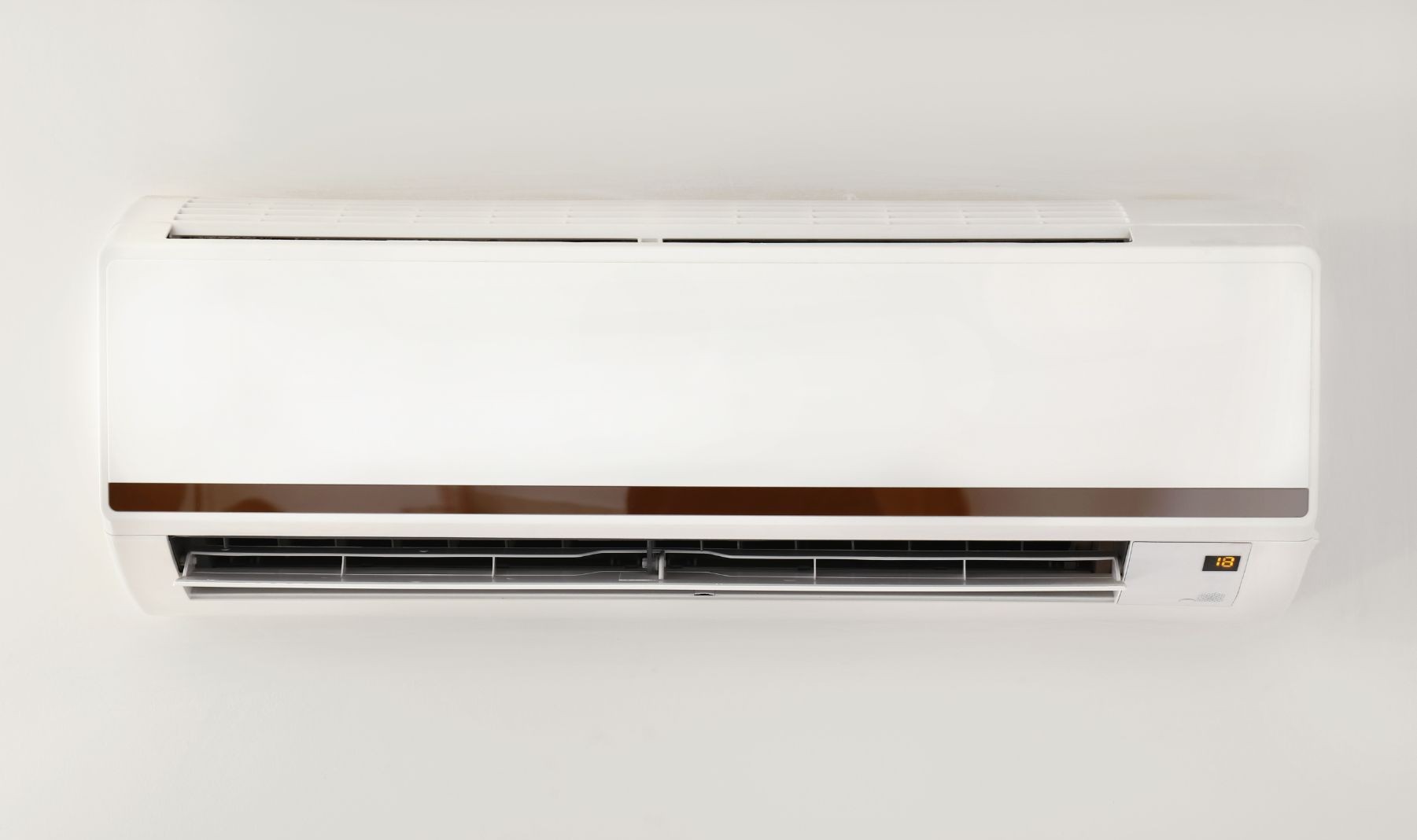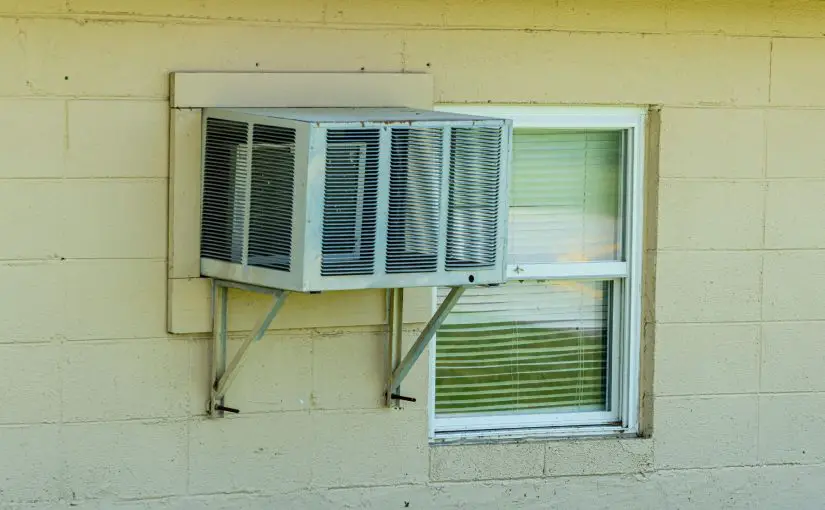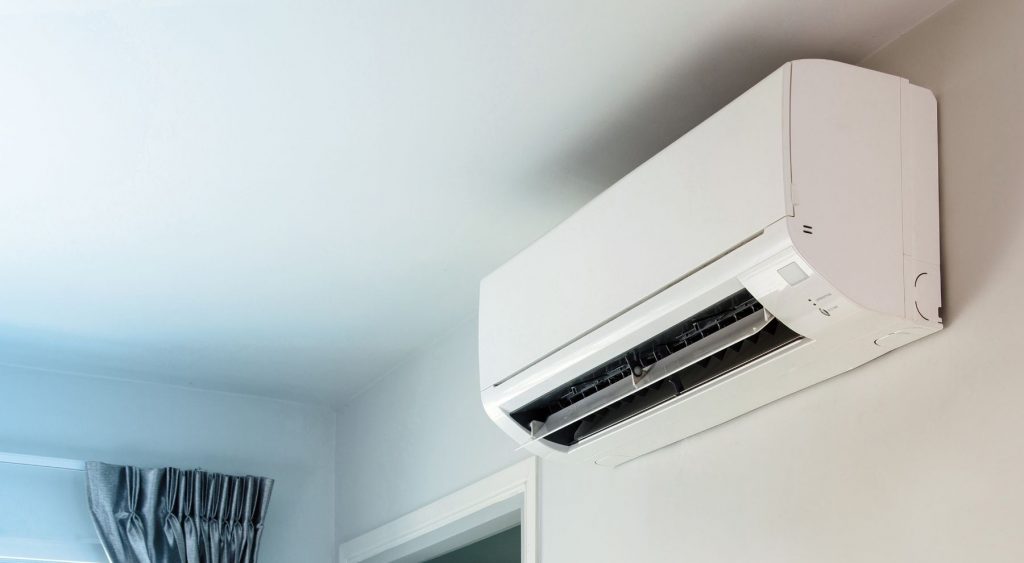It can be incredibly frustrating to have your room feel hot and stuffy even with the air conditioner running.
You may be wondering what the problem could be, and feeling like you’ve tried everything to cool the room down.
“There are several possible reasons why your room may not be cooling down properly, from dirty or clogged air filters to blocked ducts, incorrect thermostat settings, or even issues with the outdoor unit of your air conditioner.”
Understanding the causes of this problem can help you take steps to rectify it and get your room back to a comfortable temperature.
Why is my room so hot even with AC?
1.Incorrectly size unit:
Trying to get a window air conditioner that is too small to cool off a large area is something that happens quite a bit. I have personally installed a window air conditioner that was just One that was in storage and never checked the BTUs of the unit to see if it would work or not. It didn’t.
Trying to get a incorrectly size air conditioner to work will ultimately lead to disappointment when the heat starts coming down.
2. Dirty or clogged air filter:
A dirty or clogged air filter can restrict airflow and cause your AC unit to work harder to cool your room. To rectify this, replace or clean the air filter on a regular basis.
3. Blocked air ducts:
Blocked or leaking air ducts can prevent cool air from reaching your room. To rectify this, have a professional inspect and clean your ducts.
4.Incorrect thermostat setting:
If your thermostat is not set to the correct temperature or is set to the wrong mode (such as “on” instead of “auto”), it can prevent your AC from working properly. To rectify this, check the thermostat settings and make sure they are correct.
5.Leaking refrigerant:
If your AC unit is leaking refrigerant, it will not be able to cool your room properly. To rectify this, have a professional check for leaks and repair them.
6. Obstructed outdoor unit:
If the outdoor unit of your AC is obstructed by debris or overgrown vegetation, it will not be able to dissipate heat properly. To rectify this, clear away any debris or trim back any overgrown vegetation.
7. Insufficient insulation:
If your room has poor insulation, it can make it difficult for your AC to keep it cool. To rectify this, consider adding insulation to your walls, attic, and floors.
8. Windows and doors not sealed properly:
If the windows and doors in your room are not properly sealed, warm outside air can leak in and make it difficult for your AC to keep the room cool. To rectify this, check the seals around your windows and doors and make sure they are tight.
Why is my room so hot even with AC?
It can be extremely frustrating when the heat is rising but the window AC is not cooling at the same rate.
Reasons can vary from having a window AC that is not size correctly and just cannot keep up with the heat, to having a problem like the refrigerant leaking out.
But, it could also be something easy like the filter being clogged up, or something being in the way of the air conditioner that’s keeping the air from flowing.
Also a poorly installed window air conditioner can be letting hot air into the house from around the AC itself.
My Best Tip: start with the filter.
Whether it’s a window AC or the whole house air conditioning, it’s amazing how much a dirty filter can keep the air conditioning from working right.

